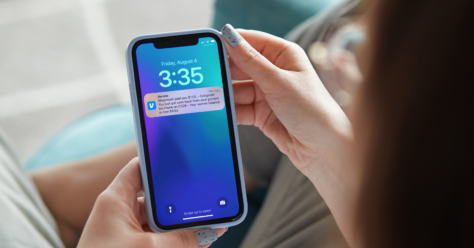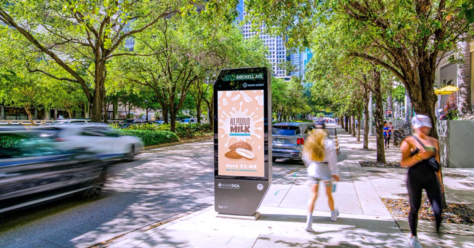Just because shoppers buy most of their groceries in stores, doesn’t mean they’re not relying on the Internet to figure out what to buy. They are.
In fact, almost 90% of shoppers head online to decide what CPG products to buy.1 Shoppers are researching products, searching for digital coupons, reading recommendations and reviews on e-Commerce sites, using click-and-collect services, and following influencers on social media. Some of these activities fall under the general heading of “e-commerce,” but viewed collectively as components in a digital marketing strategy for CPGs, we can put them under a new heading: Digital Commerce Marketing.
For a marketer or brand manager, Digital Commerce Marketing means tapping into a broad range of digital, commerce-related shopper activities to better target and reach your customers at important points along their digital path to purchase. Here are three key ways to apply Digital Commerce Marketing in your marketing:
- Influence shoppers on retailer websites – eMarketer says the “most forward-thinking brand managers are now viewing ecommerce as one more marketing channel.”2In particular, brands should focus on optimizing their presence on retailer websites, which are search, informational and buying platforms all in one. Brands can influence receptive shoppers in a pre-shop mindset by sharing brand messaging and offers via ads on retailers’ sites. Through our partnership with Albertsons Companies – Albertsons Performance Media – we help brands do just that. Using Quotient’s proprietary purchase intent data, the solution delivers effective ads to Albertsons’ shopper audiences (more than 30 million verified buyers) across the web and on Albertsons’ various retail websites and apps.
- Access to shopper marketing data – Shoppers’ engaging with CPG products online provide a wealth of information that your brand can leverage. For example, Quotient accesses data from shoppers in preparing to shop, whether they’re adding items to a shopping list on a retailer’s app or clicking on coupons. These activities provide a granular view of your brand’s target shoppers, including what they want to buy, when they last bought it and which brands they prefer.
- Increase relevancy – Consumers today not only want relevant, personalized offers and messages, they expect them. Brands that understand how to use online data and strategies to better understand their shoppers will win by giving shoppers what they want, when they want it. Mir Aamir, Quotient President and CEO, said he begins his conversations with brands by talking about a new paradigm in marketing: “We’re telling a CPG, take your advertising spend and your promotion spend, like digital coupons, and connect them together so you have a better opportunity of getting your brand equity message [to the shopper].”3
Digital Commerce Marketing provides a new model for marketers to use e-Commerce related media, touchpoints, purchase behavior data, and personalization to create powerful programs that effectively drive sales in stores, or online.
Get the latest Quotient news and insights delivered to your inbox – click here to subscribe to our newsletter.
Sources: 1. YA, “Changing Behavior,” August 30, 2017, via eMarketer; 2. eMarketer, “How CPG brands are inserting themselves in the customer journey,” January 22, 2018; 3 eMarketer, “Grocery Digital Marketing: Using Ecommerce to Shape Brand Messages,” January 23, 2018


